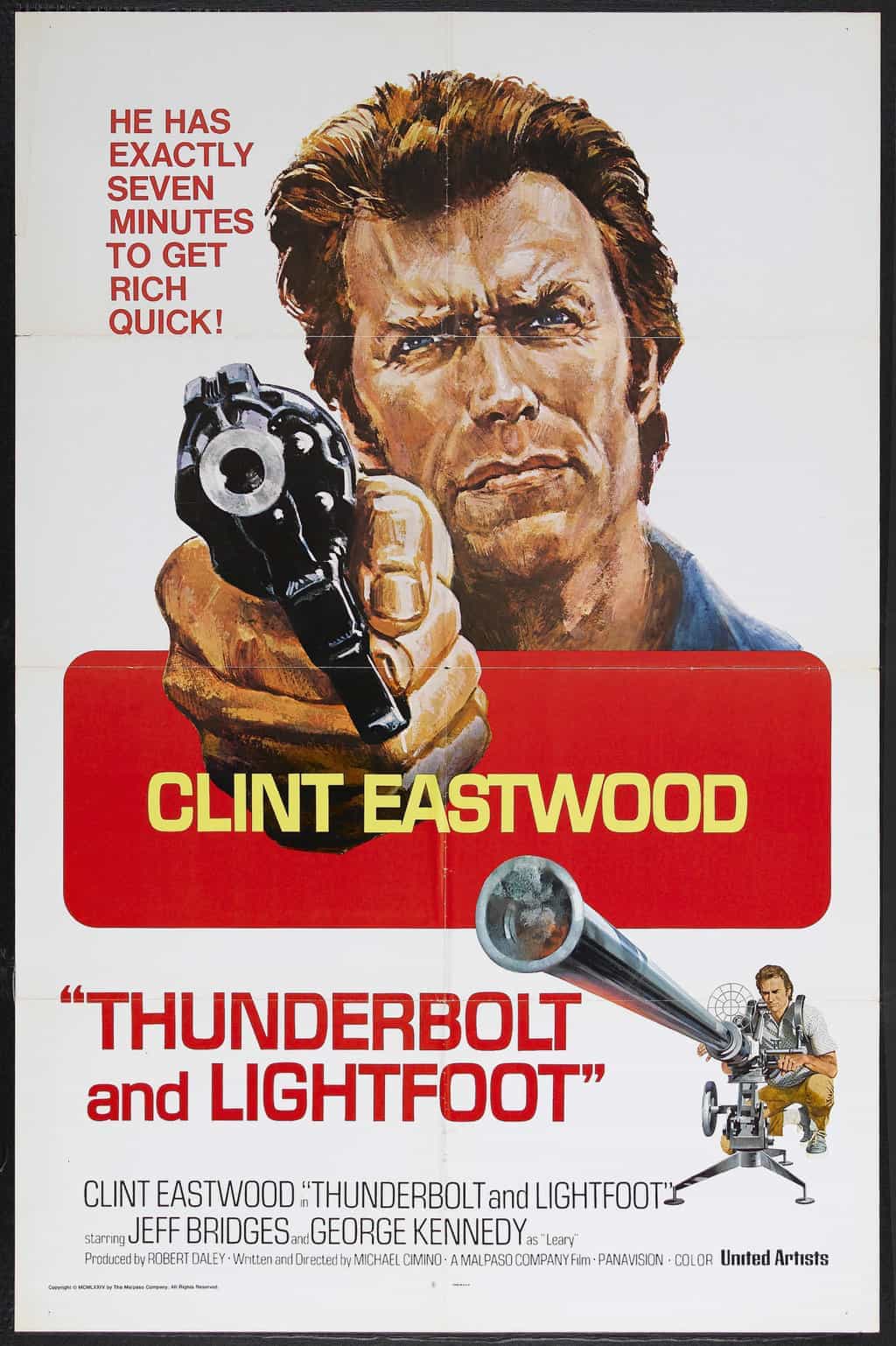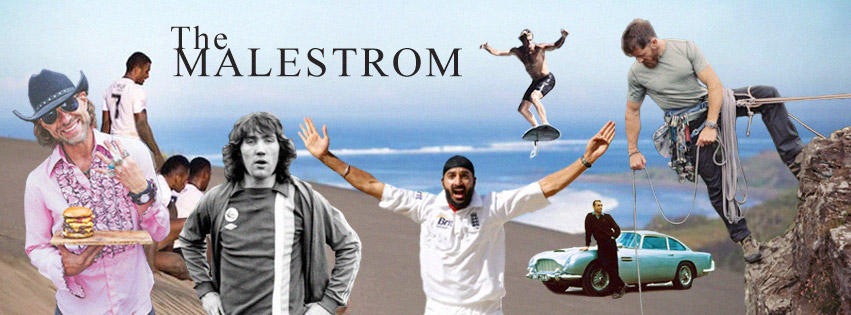
With the passing of legendary film director Michael Cimino last year, we at The MALESTROM thought we’d take a look back to where it all began for him, with a perfect little indie film that if you already haven’t, we think you all should watch.
In 1974 Clint Eastwood could do just about anything he wanted to. He’d blown away punks in Dirty Harry, laundered WWII gold in Kelly’s Heroes, Played Misty for Me and outsmarted Lee Van Cleef and Eli Wallach in one of the greatest westerns of all time – The Good, The Bad and The Ugly.
Eastwood was box office gold, but a new wave of films was emerging at this time, led by the groundbreaking Easy Rider, giving rise to a whole host of alternative voices and styles. The likes of Martin Scorsese, Francis Ford Coppola and William Friedkin were creating cinematic storms that were reshaping movies. One of these new-wave films was Butch Cassidy and the Sundance Kid, which was essentially a ‘buddy buddy’, comedic cowboy, road movie, a film that the most famous cowboy of them all, John Wayne, hated.
Eastwood loved the road movie idea, and unlike Wayne he also loved Butch and Sundance. He was looking for an alternative role at the time, a film a thousand miles away from the Republican, gun blasting Dirty Harry. The script that came his way was from the hands of a new Writer/Director on the block, looking for his very first feature film break; one Michael Cimino.
Clint loved the script for Thunderbolt and Lightfoot, which Cimino had written, which was essentially Butch and Sundance riding out of the hippy 60’s, and into the new wave 70’s counter-culture; it was perfect. Clint Eastwood was equally impressed by the confidence of the new young, wannabe Director, and with all the power of being the biggest movie star in the world, it gave the kid the break of a lifetime as the Director.
You won’t find Thunderbolt and Lightfoot in 1001 Movies You Must See Before You Die, or any cult movie book because it fell completely under the radar. But as far as The MALESTROM is concerned, it’s up there with the best, forgotten gems of the 70’s such as Badlands, Papillon, and Two-Lane Backdrop. It’s charm comes from the fact the film is not perfect.
It revolves around Eastwood’s bank robber on the run, hooking up with a young drifter heading towards a life of crime, a 24-year-old, Jeff Bridges. The two of them bounce off each other like Newman and Redford and every scene sees the two of them holding court like one of the great double acts. It’s clear they are enjoying themselves. That, combined with Cimino’s deft and charismatic direction and luxuriant cinematography, mean Thunderbolt and Lightfoot is right up there as a ‘much overlooked’, movie treat.
Some of the scenes come off the flower power trips of the late 60’s. One involving Eastwood and Bridges hitching a ride in a souped-up, pick-up truck, only to find out that the redneck driver has connected a hosepipe from the exhaust to the inside. When the driver eventually crashes, he pops the trunk to reveal dozens of white rabbits jumping out everywhere, which he promptly sets about blasting with a shotgun.
It’s a pure Jefferson Airplane ‘White Rabbit’ trip, and just one of many memorable scenes throughout the film. Clint glides through the story with all his 6’4” presence, clearly enjoying the fluent and unguided young Bridges, spontaneously playing next to him with the screen talent of a veteran – yet at the time he was virtually unknown.
As if Bridges and Eastwood weren’t enough charisma for the film, Clint drafted in his old Republican buddy, George Kennedy, still riding high from his Oscar win in another legendary, counter-culture movie, Cool Hand Luke. Kennedy plays Eastwood’s ex-partner, Red, who believes Eastwood has double-crossed him on a previous bank robbery.
Kennedy pulls off an outstanding comedic performance with an underlying threat that many actors couldn’t even dream of. Given very few good lines and not a lot to work with, Kennedy turns every scene with Red into an act of comedy genius. A deadpan tact he used to great effect many years later in The Naked Gun.
When the film was eventually finished, Eastwood said it was one of the best films he had ever been in. But United Artists weren’t impressed and refused to give the film the full promotion it needed. Thunderbolt and Lightfoot didn’t do well at the box office, especially for an Eastwood film and was quickly forgotten. Clint was so incensed he refused to ever make a film again for United Artists (now MGM), which he has held until this very day.
Ironically, it was the freewheeling acting of Jeff Bridges that landed him his first Oscar nomination and gave the film some credibility, but Clint expected more and the resentment permeated throughout Hollywood, contributing to this movie becoming lost in the filmic ether over time.
The novice young Director, who Eastwood had single-handedly given the break of a lifetime to, went on to make one of the greatest films of the 1970’s, The Deer Hunter. A film that still passes the test of time today. Michael Cimino went from Thunderbolt and Lightfoot to making a film that was nominated for nine Oscars, winning five, before sealing his own fate with one of the biggest film disasters of all time, Heaven’s Gate, which was the contributing factor in bringing down its studio.
So, if you’ve got some time on your hands this evening or are looking for a little bit of light nostalgia with Clint at his peak and a cast including some of the finest character actors of their day, then The MALESTROM recommends giving Thunderbolt and Lightfoot a watch.
Click the banner to share on Facebook


